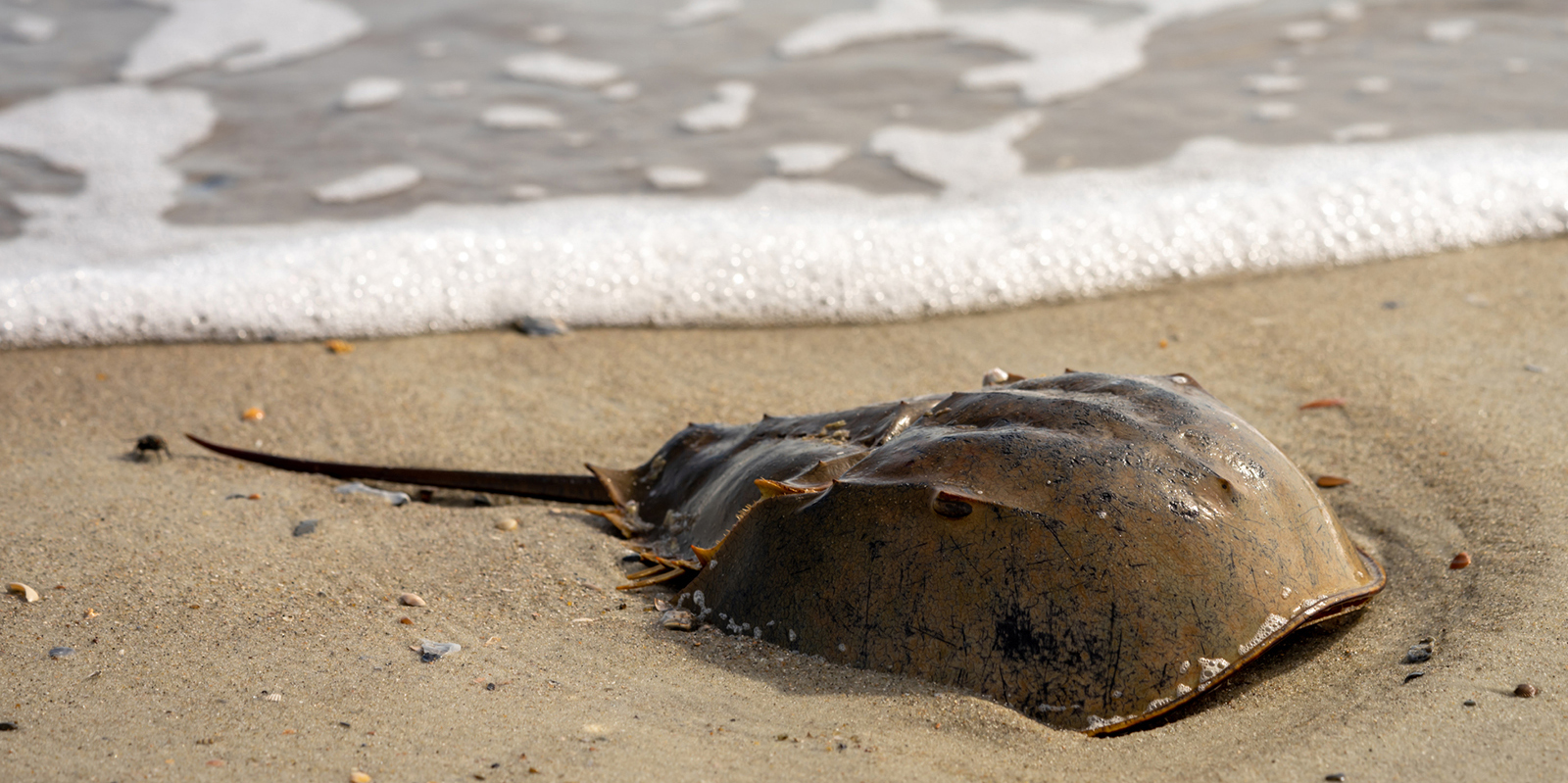Dredging Waste has Home in Narragansett Bay
December 3, 2012
NORTH KINGSTOWN, R.I. — Dredging of a shipping lane at Quonset Point is underway. State and federal officials expect minimal impacts on the environment, yet waste from past and ongoing dredging projects remains in Narragansett Bay.
The three-and-a half-month Quonset dredging effort passed reviews by the state Coastal Resources Management Council (CRMC), the state Department of Environmental Management (DEM), the Environmental Protection Agency (EPA) and the Army Corps of Engineers.
The extraction removes some 260,000 cubic yards from 37 acres of the West Passage of Narragansett Bay. A barge-mounted crane with clamshell bucket collects and loads the material on dump scows, which dispose of the material in federal waters 6.5 miles east of Block Island in an area called the Rhode Island Sound Disposal Site. Five million cubic yards of sediment was dumped at the site during the dredging of the Providence River between 2003 and 2005.
The Army Corps oversaw testing of the material for contaminants, but found nothing that warranted special disposal as a pollutant. “We had hoped that material would be sandy and useful for beach nourishment, but it is very silty, so it will be properly disposed of,” Laura Dwyer, a CRMC spokewoman, said.
To minimize the impact on shellfish and other aquatic species, the dredging occurs during incoming tides. The work must be finished by Jan. 31 to prevent harm during the spawning of winter flounder. Shellfish were extracted from the area by the University of Rhode Island prior to dredging. The shellfish were moved to a designated growing area off Quonset State Airport. The shipping channel is closed to shellfishing.
The deeper channel allows shipping vessels to deliver more cargo to the port. Currently, a number of cargo ships, such as those carrying cars and trucks, only deliver partial loads or sit until high tide to ensure clear passage to the port. Quonset is the seventh-busiest auto port in North America. Dredging will establish a uniform depth of 32 feet in the channel. The deeper channel also will allow greater use of the port’s new $22 million harbor crane.
“It’s not about bringing larger cargo vessels in the port,” said Ted Kresse, a spokesman for the Quonset Development Corporation. “It just makes sure they come in fully loaded and wouldn’t have to leave part of their cargo (space) empty.”
The Quonset Development Corporation hopes the deeper shipping lane will help the port attain the Marine Highway designation. As a federal marine corridor the port can establish itself as an alternative to highway travel. Although the corporation says it has no plans to increase shipping traffic, it becomes more accessible for passenger ships, barges and ferries.
Waste in Narragansett Bay
Between 2003 and 2005, 1.2 million cubic yards of dredging waste deemed unfit for offshore dumping was buried in the Providence Harbor in special confined aquatic trenches, or CAD cells. During the dredging of the Providence River, six rectangular CAD cells as large as 1,100 square feet were opened in an area off Allens Avenue. These cells are simply open trenches sitting 58 feet below the bottom of the channel, or up to 100 feet below the surface of the water.
The material is not hazardous but may contain metals, oil and gas, and low levels of mercury.
The bulk of the sediment deposited in the CADs was collected off Fox Point. Initial plans called for the site to be capped with cleaner fill and closed after the dredging of the Providence River. But the site remains open until 2013 to collect sediment from smaller dredging projects.
A committee representing the shipping industry, marine trades, non-government organizations, CRMC and the Army Corps of engineers meets regularly to consider extending the use of the CAD cells as well as finding new spots for sediment disposal in Narragansett Bay.
“There’s no timeline on it,” Dwyer said. “This is what we are going to have to be looking at in the near future.”
Categories
Join the Discussion
View CommentsYour support keeps our reporters on the environmental beat.
Reader support is at the core of our nonprofit news model. Together, we can keep the environment in the headlines.
We use cookies to improve your experience and deliver personalized content. View Cookie Settings



